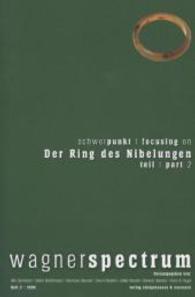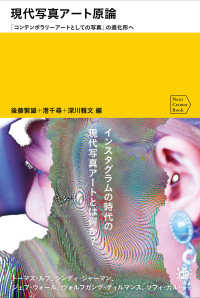- ホーム
- > 洋書
- > 英文書
- > Science / Mathematics
Full Description
Integrated control of pests was practiced early in this century, well before anyone thought to call it "integrated control" or, still later, "integrated pest management" (IPM), which is the subject of this book by Mary Louise Flint and the late Robert van den Bosch.








